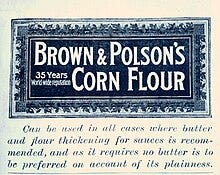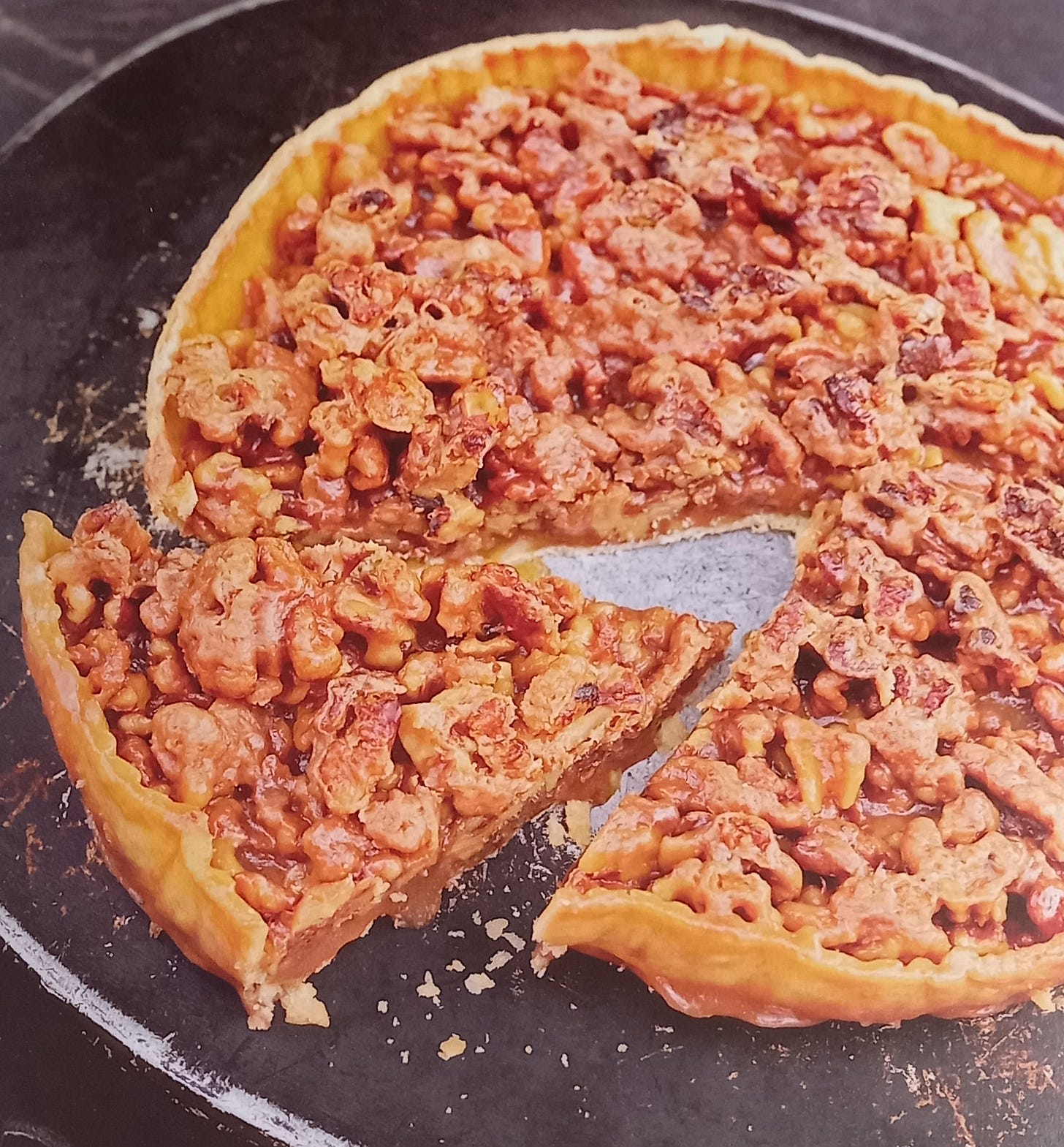
For fear of sounding a killjoy, something no-one needs right now, I’m not a fan of celebration-specific food. On my birthday, I would far rather be presented with an Île Flottante, that Floating Island pillow of meringue swimming in a pool of Crème Anglaise, than a cake with accusatory candles.
(My personal Îles Flottantes are in the plural: not one forbidding solid shape but spoon-sized scoops of poached meringue piled haphazardly on top of one another under a spin of caramelised sugar. And should you be thinking of treating me, I make a thick custard not from milk but from double/heavy cream.)
At Christmas, I’d prefer a rib of beef, or lobsters, to a turkey. There’s not a lot I would miss from that traditional table except for crispy roasted potatoes and what a friend does with stir-fried shredded Brussels sprouts, an unfairly maligned vegetable. But with the glories of Thanksgiving almost upon us, what I perhaps shouldn’t confess I’d be happy not to salute is an Uncle Sam fruit or nut pie.
I do not understand why American recipes for them, from cherry pies to apple pies, pecan pies and more, insist on adding cornstarch. It makes for a slippery sauce that coats the tongue with a pastiness more suited to wallpaper. What is the appeal of deliberately turning a clean, slightly tart juice into an opaque glop whose clarity of flavour is dimmed by the starch?
We used to abuse gravy in Britain in a similar manner before we were introduced by nouvelle cuisine to the joys of a clear jus with our meats. Fruit or nut pies really don’t need cornstarch. There is never so much juice it floods the pie’s pastry, and like blueberries, blackberries, raspberries and so many others, apples are high enough in pectin, their juices don’t need further thickening.
Cornstarch, or cornflour as it’s known in the UK, is not an ingredient included in European recipes for fruit or nut pies. I’m prepared to eat my hat over this, but I suspect the reason its use is encouraged in American pies is because of the massive US government corn subsidies that result in the need to employ corn in as many forms as possible, from High Fructose Corn Syrup, to ultra-processed foods, to ethanol, to the US store cupboard staple that is cornstarch.
If the legend of the traditional Thanksgiving feast is anything to go by, the Pilgrims set to making pies pretty much upon docking. Yet until the mid-19th century, cornstarch was only used to starch laundry, and in some industrial practices. Brown & Polson of Paisley, Scotland, was a manufacturer of muslins. The company had been making laundry starch for the Paisley shawl industry with a process they very likely pinched from Thomas Kingsford, who emigrated to America in 1831. In 1842, Kingsford isolated starch from Indian corn with technology he had learned experimenting as a ‘common hand’ in the factory of William Colgate, in Jersey City, NJ. They weren’t interested in his discovery, so he set up on his own as T. Kingsford & Sons but didn’t patent his process. In 1854, John Polson of the eponymous Scottish company, did patent a method to make culinary starch from maize, to thicken sauces.
If you’d like to steer away from a corn syrup or a corn starched-based Thanksgiving pie, try this one. I’ve used walnuts because pecans are so much more expensive in Europe than they are in the US. The choice is yours. Whichever nuts, they don’t drown in a gloppy coating but nestle in a soft caramel sauce. A home-made short crust pastry is best and recipes for it abound on the internet so I'm only saying if you don't want to go the home-made route (you’ve enough to do at Thanksgiving, after all), only buy a full-butter ready-made pastry. Serve the tart at room temperature plain or with crème fraîche or ice cream.
Knob of butter at room temperature
Ready-made full butter pastry sheet or your own, enough to cover a 22cm/9in loose-bottomed pie tin
Grease a 22cm/9in loose-bottomed pie tin, gently press the pastry into it and trim any overhang. Chill for at least 30 minutes.
For the filling:
140ml/4¾ fl oz cream or crème fraîche
Scant 130ml/4½ fl oz water
310g/11oz sugar
200g/7oz walnut halves
4 tablespoons unsalted butter
Preheat oven to 220C/425F.
Heat the cream, stirring a couple of times, till its edges fizz. Add the water and sugar to a heavy-bottomed pan and cook over high heat for 10 minutes until it bubbles and turns into a deep brown syrup, shaking the pan but never stirring it, to distribute the sugar evenly into the water as it melts. Cool for 2 minutes.
Wearing a protective oven glove (my insurance company is reading this), gently pour in the hot cream, whisking all the while. It will spit and foam vigorously. Add the walnuts and butter and return to a very low heat and stir for 2 minutes. Pour the walnut filling into the chilled pastry case.
Bake for 25 minutes. Lower heat to 170C/350F and bake 15 minutes more. If the top is turning too dark, cover it with foil.
Serve warm or at room temperature, alone or with pouring cream or ice cream. Personally, I don’t think it needs either.







Tapioca. anyone? In place of cornstarch, I mean.
I protest,slightly. I hate thin runny juice coming from a fruit pie! Yes, I’m American and no, I don’t use cornstarch but a bit of flour. The pie filling stays in the slice where it belongs 😋